 Scientific
Objectives
Scientific
Objectives Scientific
Objectives
Scientific
ObjectivesGamma-ray astronomy explores the most energetic phenomena that occur in nature and addresses some of the most fundamental problems in physics and astrophysics. It embraces a great variety of gamma-ray continuum and gamma-ray line processes: nuclear excitation, radioactivity, positron annihilation and Compton scattering; and an even greater diversity of astrophysical objects and phenomena: nucleosynthesis, nova and supernova explosions, the interstellar medium, cosmic-ray interactions and sources, neutron stars, black holes, gamma-ray bursts, active galactic nuclei and the cosmic gamma-ray background. Not only do gamma-rays allow us to see deeper into these objects, but the bulk of the power radiated by them is often at gamma-ray energies.
In the 15 keV - 10 MeV region, line-forming processes such as
nuclear
excitation, radioactivity, positron annihilation, cyclotron emission
and
absorption become important, and when used as astrophysical tools, are
almost certain to lead to fundamental new discoveries. Unique
astrophysical
information is contained in the spectral shift, line width, and line
profiles.
Detailed studies of these processes require the resolving power (E/E = 500) of a germanium spectrometer such as that employed on Integral.
The scientific goals of Integral are addressed through the use of
high resolution spectroscopy with fine imaging and accurate positioning
of celestial sources in the gamma-ray domain. Fine spectroscopy over
the entire energy range permits spectral
features to be uniquely identified and line profiles to be determined
for
physical studies of the source region. The fine imaging capability of
Integral
within a large field of view permits the accurate location and hence
identification of the gamma-ray emitting objects with counterparts at
other
wavelengths, enables extended regions to be distinguished from point
sources
and provides considerable serendipitous science which is very important
for an observatory-class mission.
The following list of topics are addressed by Integral:
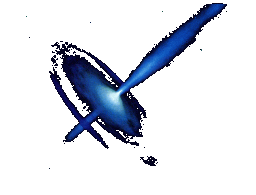 |
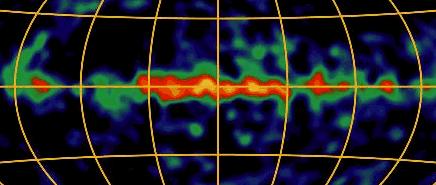 |
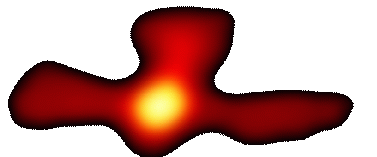 |
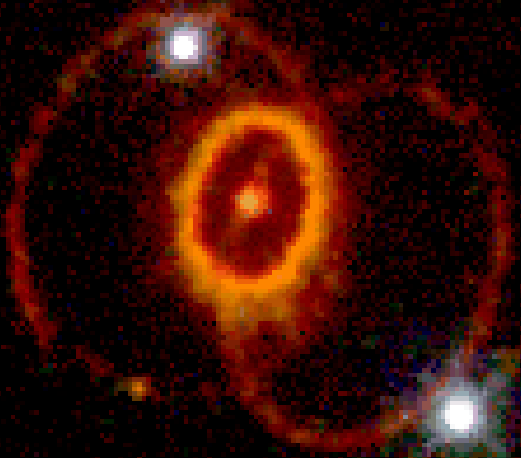 |
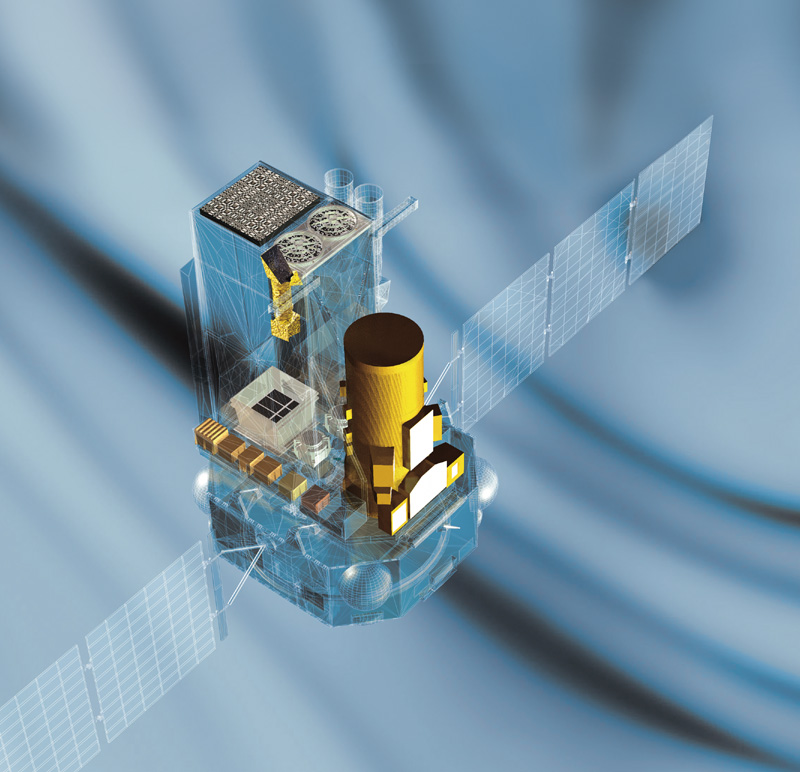 |
 |
 |
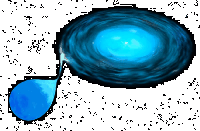 |
 |
the section on Payload (... and more science) the list of INTEGRAL publications. the public outreach pages of ESA
the public outreach pages of the ISDC